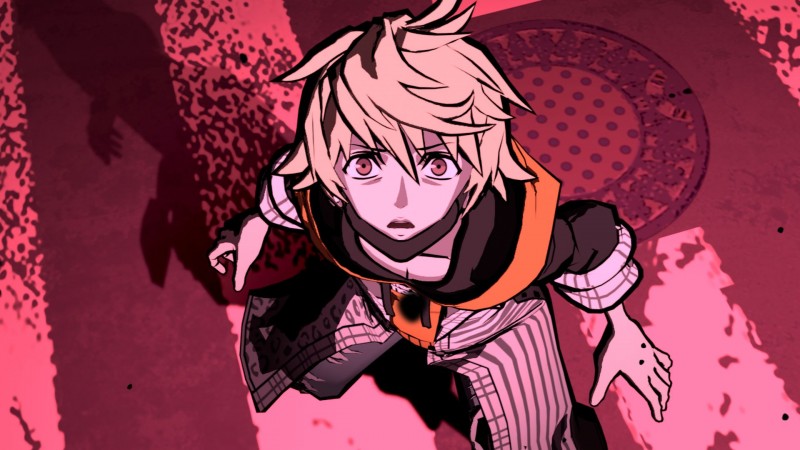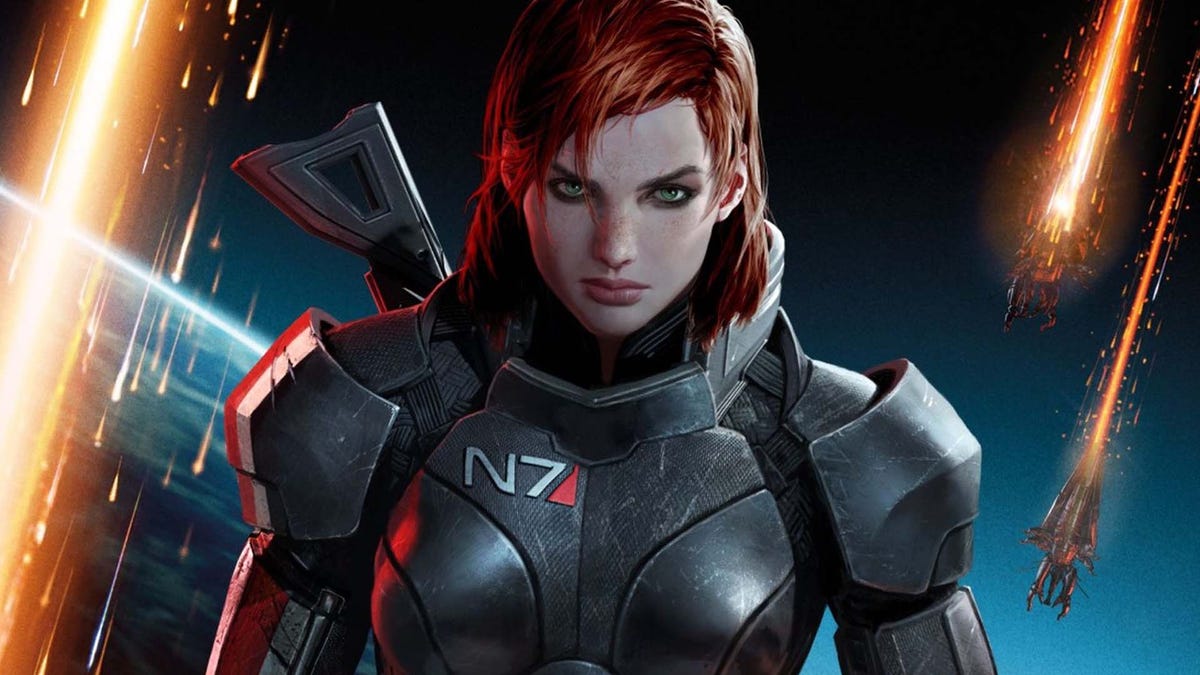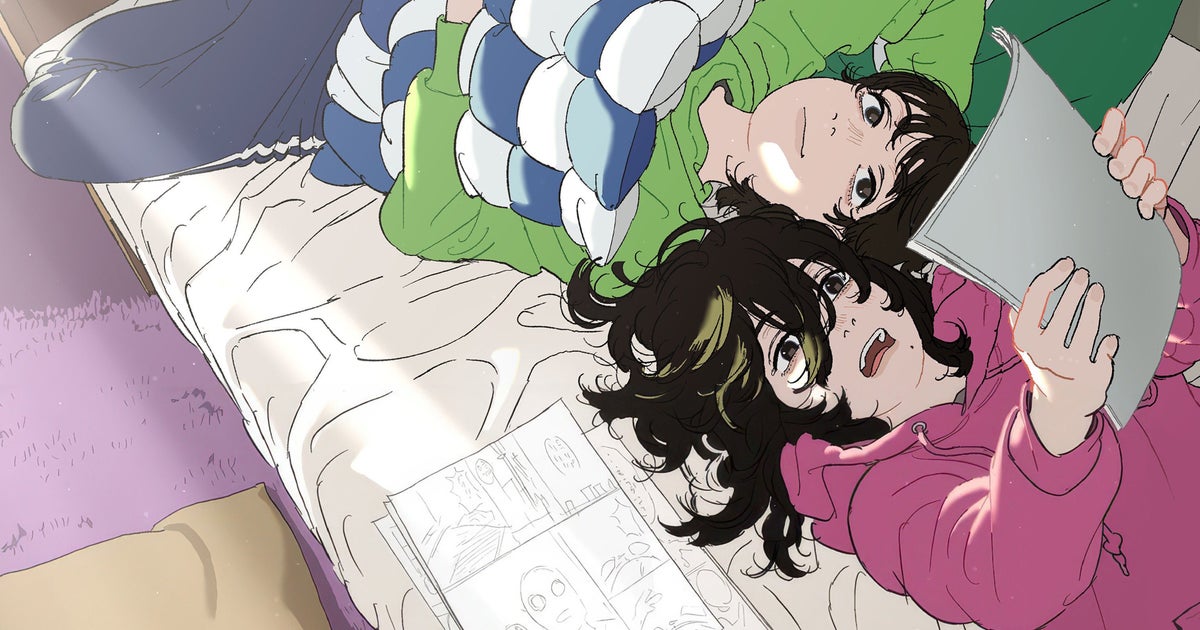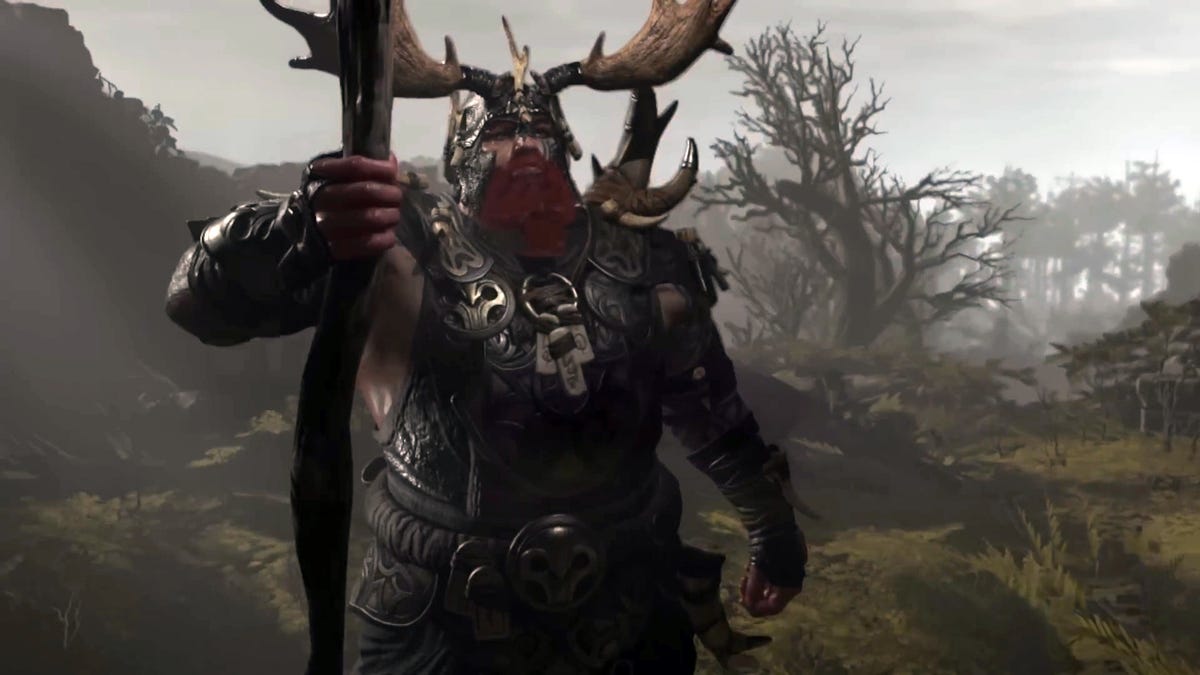The World Ends With You came to the Nintendo DS 14 years ago and was recognized for its style and innovation. It had an electrifying soundtrack, a thrilling combat system that made use of the DS’s touchscreen, and the undeniable allure of exploring Shibuya, Tokyo. There was nothing like it on the market. Neo: The World Ends With You doesn’t make the same grand entrance; Instead, it is content to use the strengths of the first game and even some of its flaws. What remains is an experience that is still captivating and fascinating, but does not leave a lasting impression like the original.
Neo: The World Ends With You brings a brand new cast and the start of a new reapers’ game in which players must fight to win or face annihilation from the world. Protagonist Rindo happens to get into competition when a psychological battle breaks out in front of him and his buddy Fret in the middle of Shibuya. From here they learn that they have been put into the deadly game and must face its missions: compete against other teams in various challenges around the city if they ever want to return to the real world or die trying.
This time, the narrative focuses more on how the places we love are shaped by the people we experience them with. It’s not quite as bleak as the original, and I didn’t experience the same emotional appeal, but I still liked the overall message and found the characters adorable. While the narrative is a slow burn, the plot has compelling revelations and twists, especially when it comes to the connection to the events of the first game. If you haven’t played the original, you probably won’t feel the effects of reuniting with beloved characters and seeing loose threads. These are the aspects that made me feel most paid and enjoyed, especially in the final.
Nevertheless, I was quickly won over by the new line-up. As a cautious and compassionate leader, Rindo is a personable protagonist. It’s refreshing to see someone who really puts others above themselves, even when they disagree. His buddy Fret starts out very cheerful, but then his character develops wonderfully beyond just being Rindo’s easygoing friend and we learn why he avoids serious conversations. I also really enjoyed the awkward but empathetic Nagi who takes her video game fandom very seriously. Lots of characters come in and out of the story, almost wrongly, so be prepared to have lots of faces to keep an eye on throughout the journey. At times I found this overwhelming and felt that it didn’t allow me to forge strong bonds with characters outside of the party, but I also liked the feeling of a large group coming together for the good of Shibuya.
As in the first game, you can expect a fast-paced battle that rewards you for chaining combos with teammates only to eventually drop the beat for devastating specials. The game still focuses on “pins” to customize your skills in battles. You can equip these on any character for their main combat ability; Each pin has a specific cooldown ability tied to a specific keystroke. Without relying on a touchscreen like the first game, this works better than I expected, but I still found it difficult to keep track of all the mess on the screen at times. Trying to play the characters’ abilities with multiple keys at the same time makes the battle require multitasking, which makes it easy to slip.
I loved the variety of different pins and enjoyed experimenting to see which ones go best together. I had skills that unleash huge volcanoes, tear down minefields, and hurl vehicles at enemies. It’s exciting to find a new pin and see how it changes your style of play. I kept shuffling mine and appreciated the way they made me feel my growing strength and helped keep the fight fresh. When you fire on all cylinders and see your groove rise due to your smart pin combinations, the combat system is extremely rewarding.
There is a lot of focus on finding skills that complement each other, which requires some trial and error. Sometimes it’s easy to figure out, such as a tripwire skill that you can use to make sure an enemy can’t escape a bomb explosion. In other cases, changing a pin in a boss fight can mean life or death, and you won’t know this until you have played the lengthy encounter and failed. The chefs themselves are fantastic and a highlight of the experience. Every big bad guy has a cool enemy design and keeps you on your toes in a number of ways, such as: B. by dodging multiple lasers or finding weak spots that you can break through.
Unfortunately, some of the joy I had with the fight was marred by another problem: below average difficulty balance. Often times, for a good part of my adventure, things were ridiculously easy, and then out of nowhere I had a huge level of difficulty that I would barely survive on. You can always adjust the difficulty level, but I shouldn’t have to mix up the difficulty level to make a fight feel satisfactory.
Another area that has stalled is the repetitive nature of the game. Like its predecessor, Neo is structured around the Reapers’ Game, which is a blessing and a curse. I love the chaos and the rush of facing the game’s challenges, like defeating a certain number of enemies or solving puzzles, but they feel like a laundry list of things to do. The game runs in days and every day new tasks are added to reach the top of the game ranking. During this time, you can eat at various restaurants for stat boosts or buy new clothes for your gear.
The game has a pleasant rhythm that attracted me at the beginning, but the repetitive structure and lack of variety in the tasks were really annoying. I was excited when the new turf fights called scramble slams were introduced until I realized they were playing out in the most uninteresting way possible. You only kill a certain number of enemies in each area and then a boss to take it over. These can be lengthy affairs and come up multiple times during the game.
It doesn’t help that the characters’ special abilities that they can use in the world also flow into this iteration. For example, Rindo can turn back time once a day, which acts as part of the overall story. I hated that as it felt boring and it lengthened each day by revisiting the same scenes and locations while sometimes fighting the same enemies again. Nagi has a “diving” ability that enables her to get to the bottom of people’s complex emotions; This overused power means you will fight more enemies to give people a little sanity. Fret can get people to recall memories by tilting the left and right sticks inward to complete a picture. Unfortunately, I didn’t like Fret’s ability the least, as it requires more precision than I expected. I’ve played on Switch and using the Pro Controller has been better for me than the Joy-Cons. Unfortunately, the Switch version turned out to be unstable; the game crashed several times. Even after downloading the Day-One patch, the problem persisted.
In a way, it’s daunting that Neo: The World Ends With You doesn’t evolve much from its predecessor. It might even feel like a step backwards, but there’s still a fun game I couldn’t put down. The world draws you in, the boss fights provide a worthy challenge, and I loved watching the relationships between characters grow. There are also some excellent payouts for fans of the first game. Exploring Shibuya and dropping the beat is still a joy and the music will captivate you in the best way.








